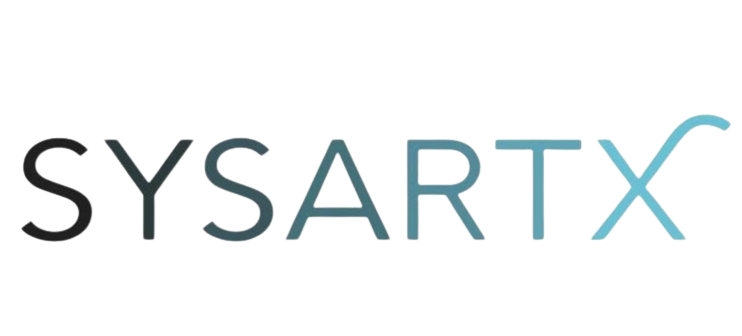
Localized software development has revolutionized the way businesses operate, enabling companies to reach customers across borders and continents. However, simply creating software isn’t enough in today’s competitive market. To truly succeed on a global scale, businesses need to focus on localization—customizing their software to meet the specific needs, languages, and cultures of different regions. Localized software development is not just an added feature; it’s the foundation of a smooth global user experience.
What is Localized Software Development?
Localized software development involves adapting a product to fit the cultural, linguistic, and regulatory nuances of a specific market. It’s not just about translating text; it’s about understanding local customs, integrating region-specific tools, and ensuring compliance with local laws.
Imagine using an app where the payment options don’t align with your local currency or an interface that fails to consider your cultural norms. That’s where localized software development steps in, bridging gaps and creating solutions that resonate with users worldwide.
Why is Localization Important in Software Development?
1. Better User Experience
Localized software development ensures that users feel comfortable and understood when interacting with your product. A shopping app that supports local payment methods or an educational tool available in native languages provides a better, more intuitive user experience.
2. Expanding Market Reach
Localization allows your business to access untapped global markets. With thoughtful software development, you can cater to diverse regions, increasing your product’s accessibility and potential for growth.
3. Building Trust and Loyalty
Users are more likely to trust software that aligns with their cultural and regulatory expectations. Localized software development fosters loyalty by creating a personalized experience for users.
Key Aspects of Localized Software Development
1. Language and Cultural Adaptation
Effective localization begins with translating the language but goes further to adapt to cultural norms. For instance, design elements, such as colors or symbols, might have different meanings across cultures and require customization.
2. Compliance with Local Laws
Adapting to legal requirements is a crucial part of localized software development. Whether it’s GDPR in Europe or data protection laws in Asia, your software must comply with region-specific regulations to avoid legal challenges.
3. Local Currency and Payment Methods
Users expect software to support their local currency and familiar payment gateways. For example, including digital wallets like Alipay for Chinese users or PayTM for Indian users can significantly enhance adoption rates.
4. Integration with Regional Tools
Localized software development often involves integrating third-party tools or APIs popular in specific regions. This could include logistics services, local tax systems, or regional content delivery networks.
Benefits of Localized Software Development
- Higher Adoption Rates:
Software tailored to local needs has a better chance of being embraced by users. - Improved Revenue Opportunities:
Localization helps businesses penetrate new markets, unlocking revenue streams in regions previously out of reach. - Stronger Brand Reputation:
Localized software development showcases your commitment to understanding and respecting cultural diversity, which enhances brand image.
Challenges of Localized Software Development
Localized software development isn’t without its hurdles:
- Complexity: Managing multiple versions of software for different regions can be daunting.
- Initial Costs: The upfront investment for localization may seem high, but the long-term benefits make it worthwhile.
- Cultural Sensitivity: Misunderstanding cultural norms could lead to missteps that harm your brand’s reputation.
Best Practices for Localized Software Development
1. Involve Local Experts
Engage local linguists, designers, and developers who understand the cultural nuances and technical requirements of the target region.
2. Adopt Scalable Solutions
Design your software to accommodate future localization efforts. Scalable software development frameworks make it easier to expand into new markets.
3. Test for Every Market
Conduct rigorous testing to ensure the localized software functions smoothly across languages, currencies, and time zones.
Examples of Successful Localized Software Development
- Netflix: Offers a vast library of region-specific content with subtitles and dubs tailored for different audiences.
- Uber: Adapts to local regulations and payment methods while customizing its app interface for each country.
- Shopify: Supports multiple languages and currencies, enabling small businesses to sell globally.
How Sysartx Can Help You
At Sysartx, we specialize in localized software development that helps businesses connect with their global audience. From designing scalable architectures to ensuring compliance with local laws, we handle every aspect of the localization process.
Let us transform your software into a globally-loved product by making it culturally and regionally relevant. Reach out to Sysartx today and explore how our tailored solutions can help your business expand into new markets with confidence.
Conclusion
Localized software development is the gateway to global success. By adapting to the specific needs of different regions, businesses can create software that isn’t just functional but truly impactful. Whether you’re expanding into a single country or aiming for a worldwide presence, localization is the strategy you need to thrive.


